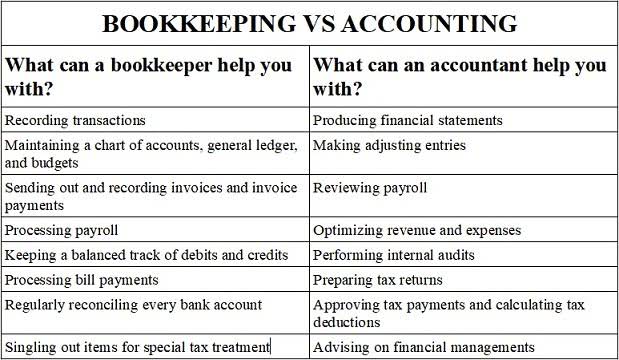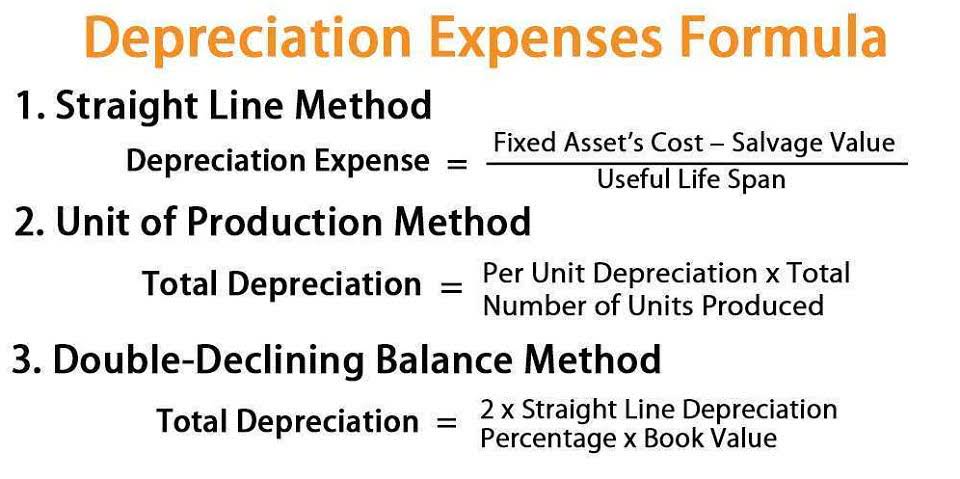What is Operating Cycle & How to calculate it? with Formula
Vulkan Vegas Bonus Computer Code 2023 Aktionscode 50 Freispiel
28 juli 2022Приложения Mostbet Для Google Android, Ios И Window
28 juli 2022
Every industry works differently, which means that the length of this operating cycle can vary from one niche to another. Understanding your operating cycle can help you determine your financial health as it can give you a great indication of the company’s ability to pay off its liabilities in due course. Tracking your company’s operating cycle throughout the year is often the best way to gauge how your business is performing and whether it is headed towards growth.
How to Calculate the Operating Cycle
A lower DSO indicates that you are collecting payments promptly, which positively impacts cash flow and liquidity. Accounts receivable management is a critical aspect of your operating cycle, focusing on ensuring that your customers pay you promptly for the goods or services you’ve provided. Delays in receiving payments can significantly extend your operating cycle, impacting your cash flow and overall financial health. An operating cycle refers to the number of days it takes for a company to convert its investment in inventory, accounts receivable (A/R), and accounts payable (A/P) into cash. Determine the average number of days it takes for the company to collect payment from its customers after a sale.

How to Calculate Cash Conversion Cycle
This means you have more money to spend on the finance and marketing department which may be able to generate much more revenue. Working on your operating cycle can also benefit many other parts of your business. Good management means operating cycle formula a company can pay bills on time without borrowing too much. It reflects not just on liquidity but also a company’s agility in managing resources, which can be pivotal for strategic decision-making and competitive advantage.
E-Commerce Financial Model Template

Monitoring these KPIs regularly and taking action to improve them can lead to a more efficient operating cycle, improved cash flow, and enhanced financial performance for your business. A low DSO suggests that your accounts receivable process is efficient, and customers are paying their invoices promptly. This helps maintain a steady cash flow, reduces the risk of bad debts, and ensures you have funds available for immediate use or investment. A low DSI suggests that your company is efficiently managing inventory and selling products quickly. This can lead to improved cash flow, reduced carrying costs, and minimized risk of inventory obsolescence. Conversely, a high DSI may indicate that you have excessive inventory on hand or that products are not selling as expected.

Additionally, experts suggest that businesses should strive to negotiate favorable terms with suppliers and customers to minimize the time it takes to complete the operating cycle. By building strong relationships and optimizing payment schedules, businesses can shorten their operating cycle and improve overall financial health. “For businesses, it’s essential to monitor key performance indicators related to the operating cycle regularly. This data can provide valuable insights into where improvements can be made to enhance efficiency.”
- Next comes interpreting what these numbers mean for a company’s cash flow and overall financial health.
- This strategic focus on operational efficiency enables companies to adapt to market dynamics, capitalize on emerging opportunities, and withstand economic fluctuations.
- The operating cycle formula adds the days inventory outstanding to the days inventory outstanding.
- This period includes activities such as issuing invoices, monitoring payment due dates, and following up on overdue payments.
- While both offer valuable insights, a cash cycle reveals a company’s ability to handle cash flow, whereas an operating cycle assesses the overall efficiency of its operations.
- After the products or services are ready, the next step is sales and accounts receivable.
Bad debt is considered unrecoverable and is written off as a loss by the creditor or lender. Every business owner tries their best to reduce bad debt to maintain an easy flow of working capital. Operating cycle of working capital refers to the total number of working days that a business takes to buy inventory, sell it off, and then collect the proceedings from the sale. On the upside, a longer operating cycle means the company is more likely to leverage credit terms with their suppliers. It also means that the company might have a buffer of inventory to meet unexpected demands.

On the other hand, a longer business operating cycle can strain cash flow, as money is tied up in inventory and receivables for an extended period. This can lead to cash shortages, making it challenging to pay bills, cover operating expenses, or seize new opportunities. By implementing these inventory management strategies, you can effectively control your inventory and contribute to a shorter operating cycle. On the other hand, companies that sell products or services that do not have shorter life spans or require less inventory tend to be less efficient in terms of operational processes.